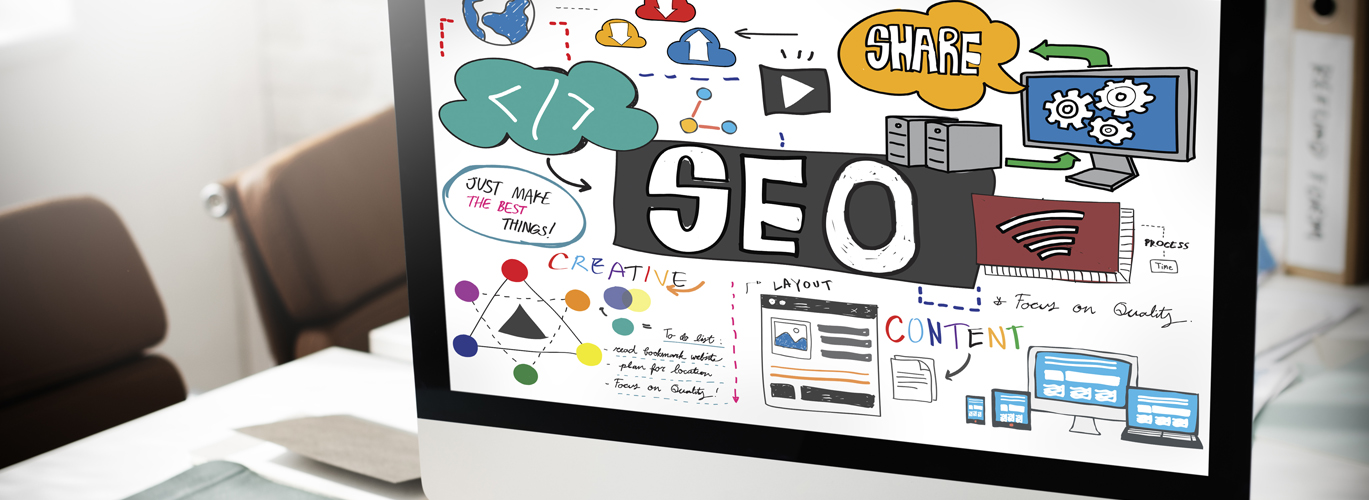Most websites fall down with their Calls-to-Action which is not compelling enough or effective at converting a visitor into a lead or site. So your CTA is the single most important element on your website. But still a question arises, how do you build a good Call to Action?
Here are few things to keep in mind while building a good CTA:
1.Determine what your customers or users want
People come to your websites when they see your advertisements online. You will have to give them what they truly want when they get into your landing page. It might be pricing, information, or they might want to see scheduling, so it’s your responsibility to try to understand what they truly want most.
2.Keep it short and sweet
Try to keep it short and sweet, don’t have it real wordy and keep it very concise. Keep your CTAs to no longer than four words; it should literally fit on one button. You can use words like “get started”, “learn more”, “join free”, and “buy now”. Things like that are going to stand out to people and incentivize them to move forward quicker.
3.Include some social proof near your Call to Action
Whether it be the number of customers you worked with, you’re success stories, your review statistics or some awards. Trust builds confidence and confidence leads to conversions. So make sure that content is nearby your Call to Action
4.Create Urgency
Creating a feeling of scarcity or urgency is a popular and effective trick for increasing conversions. There are some of the different ways you can do this:
- Try using time-related language: “shop now”, “start now”, “sign up today”.
- Try using words like: “limited”, “reserve your spot”, “last chance”, “sale ends tomorrow”
- Include a countdown timer to show when offers are expiring.
You can ‘sweeten the deal’ by providing something in exchange for taking action. Throw in incentives such as a gift, discounts or free shipping. This can be a limited time offer as well.
5.Personalise Your CTAs
Personalising your CTAs can increase your conversion rate by over 200%. This does not mean that you should put “Click here [firstname]!” every place, but it pays to utilise the data you have available and finely adjust the wording of your CTA relying on the user location, whether they’re an existing customer or new lead, and other appropriate factors.
6.Make Responsive Design
Keep in mind that at least half of your users are browsing your site or reading your email on a mobile device. So make sure to use responsive design so that your communications are easy to read and navigate on small screens anyway, but this is very important when it comes to your CTAs.
Make sure that you’ve checked the appearance and placement of your CTAs before you publish on a variety of screen sizes and software agents. A better position for your CTA is high on the page and in the middle column as this is where most people’s eyes go when they stop by a landing page.
Ensure that it stands out and is clearly visible. It is also better to ensure that your CTA is seen on every page of your website.
7.Make Your CTAs Into a Button
There are various methods you can design your CTAs with graphics, plain hyperlinked text or photographs, but buttons convert the best by far.
The human brain is glued to expect action when a button is pressed. This is because buttons are also quite tempting for people who really want to press them.
You can try new ideas with your button design and colours but in common, your CTAs will work best in the form of some kind of button.
8.Double-check Your Landing Pages
It is a waste of time making a super-effective CTA if the user clicks it and it goes to a broken page. After completing your webpage or email, ensure you click through all your CTAs and look that the links are going to the right page and all forms are working properly.
9.Test and Refine
It’s doubtful that you’ll be able to develop an ideally optimised CTA. Rather, this is a continuous process and you should be testing and enhancing your CTAs continuously as you learn more about what is most useful for your particular audience.
A/B testing is the most used way to do this. Divide your audience in half and show them two different versions of your CTA. The version which converts the best wins. Don’t change many elements at once but compare variables such as placement, colour and copy individually.
Now, there is also an alternative to A/B testing that’s worth investigating. It is a software powered by artificial intelligence that can automatically optimise your CTAs in real-time, based on the interactions of each user.
If you follow these general steps, you’ll set yourself up for success in producing conversions through calls to action.






